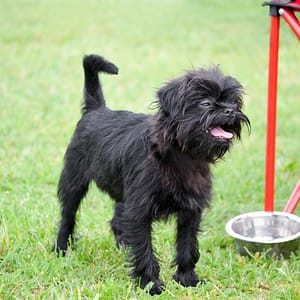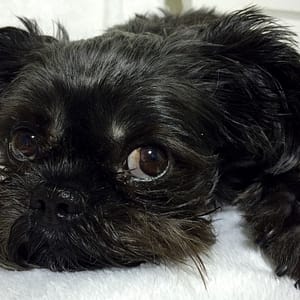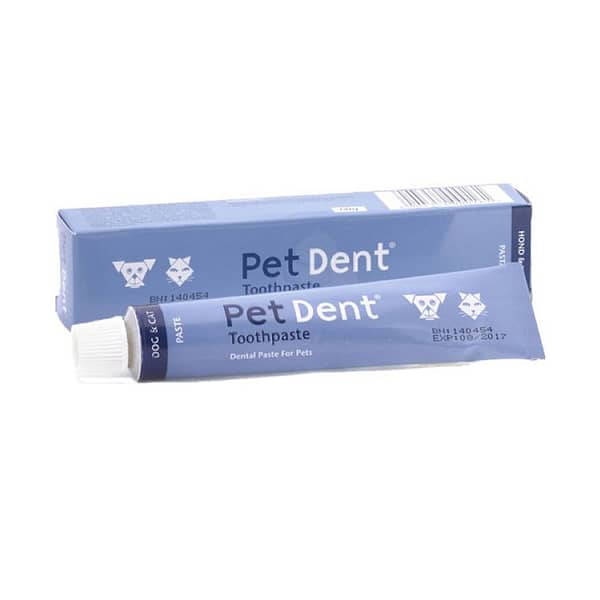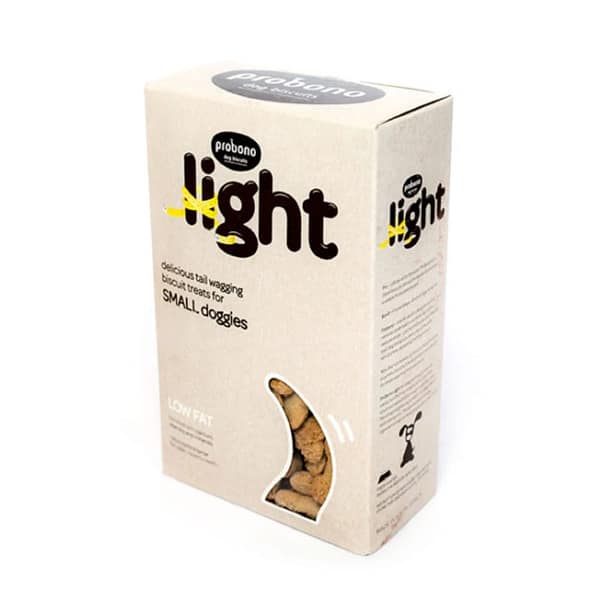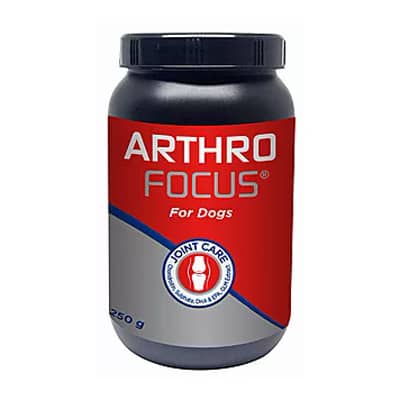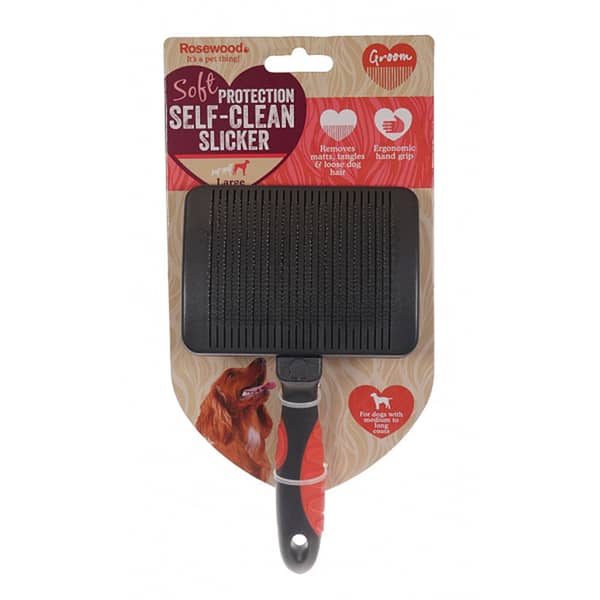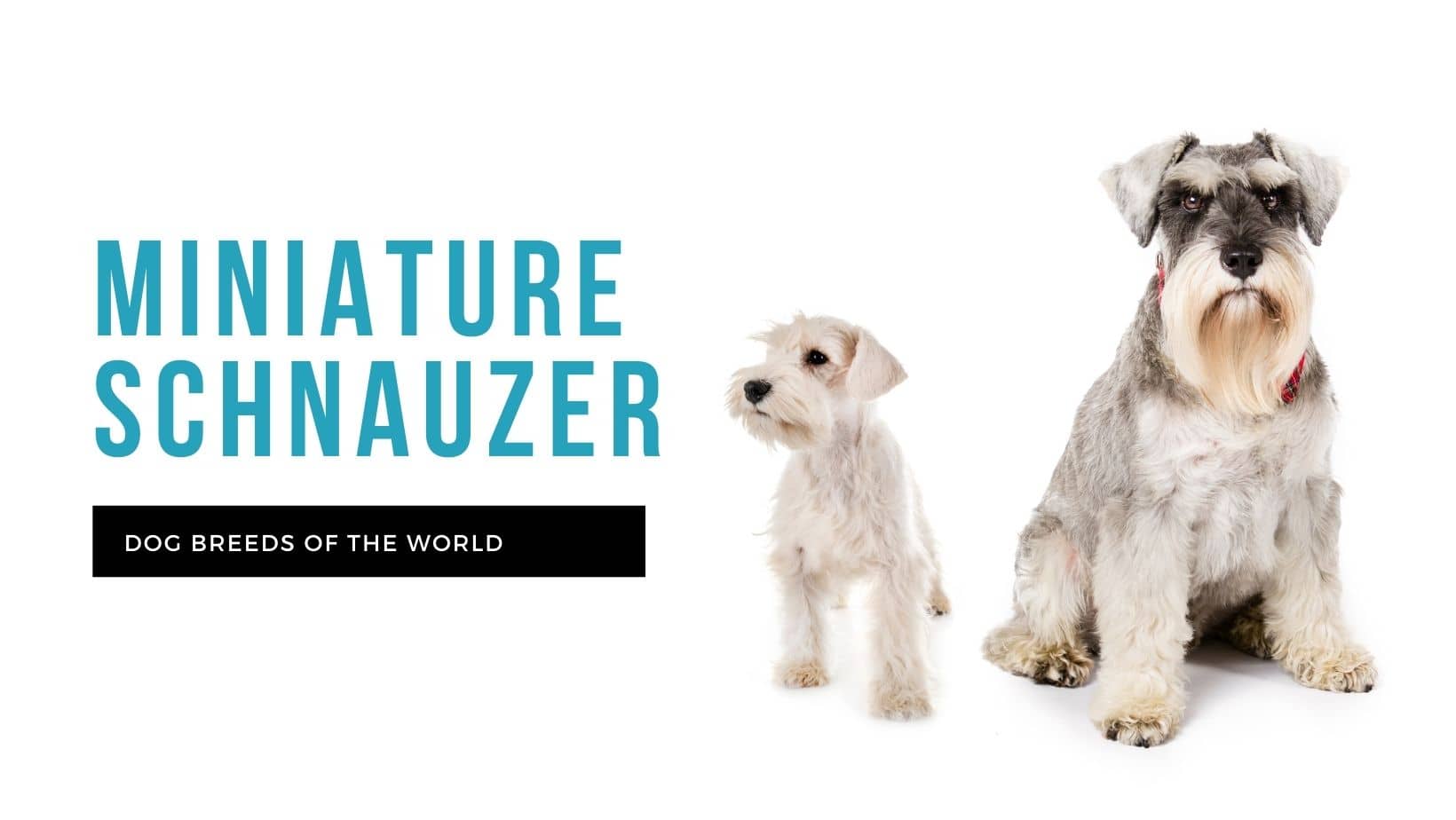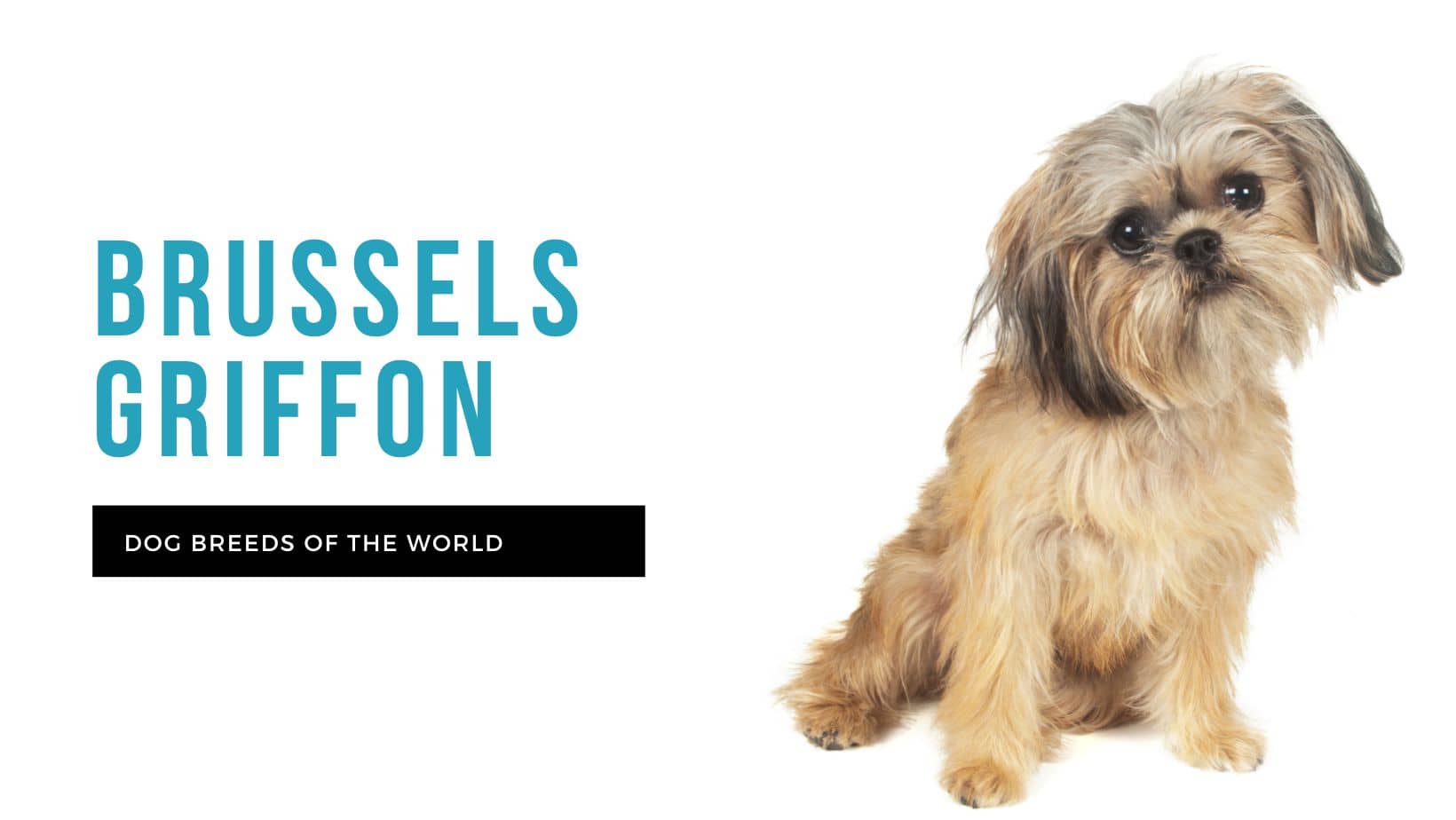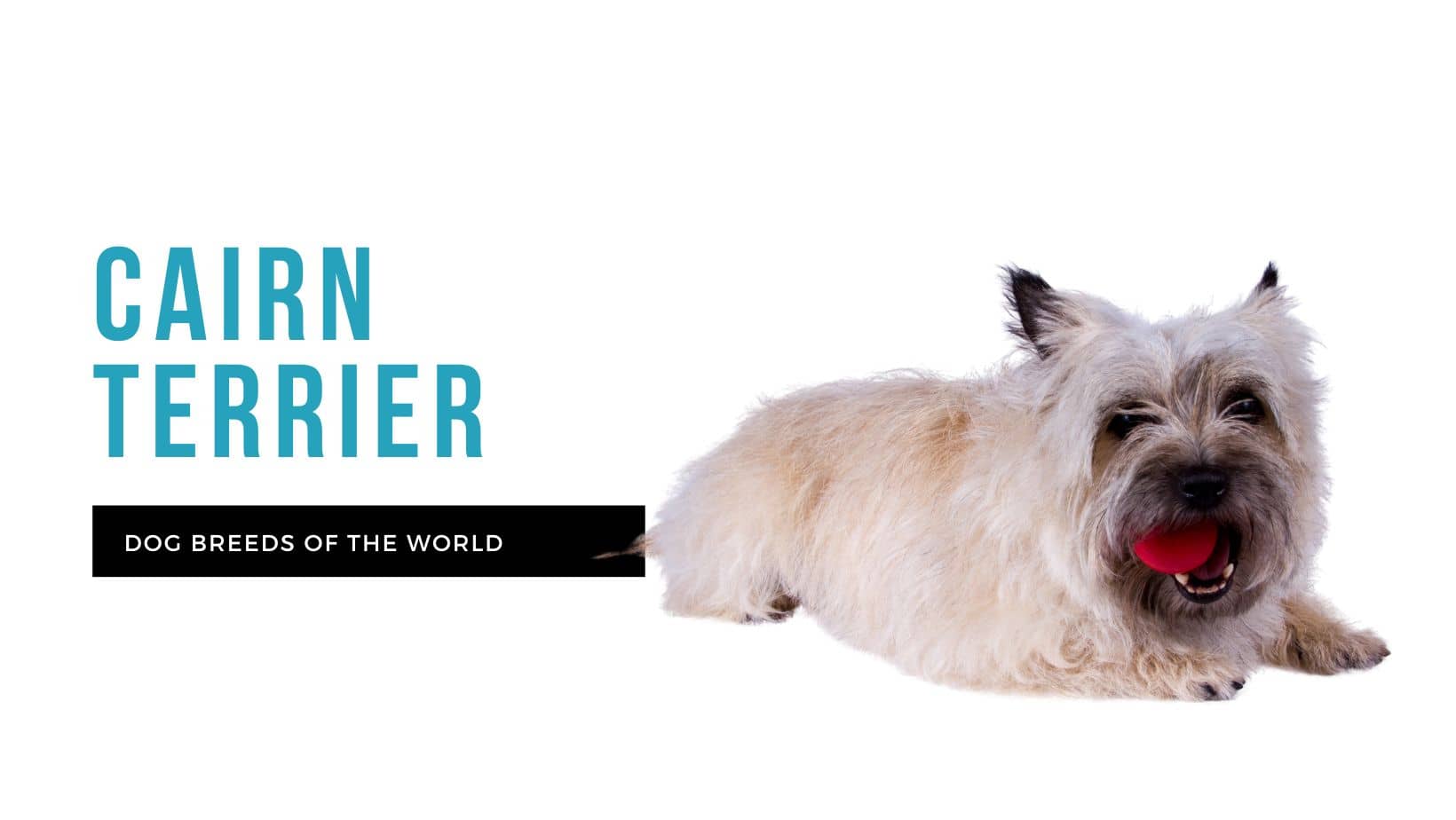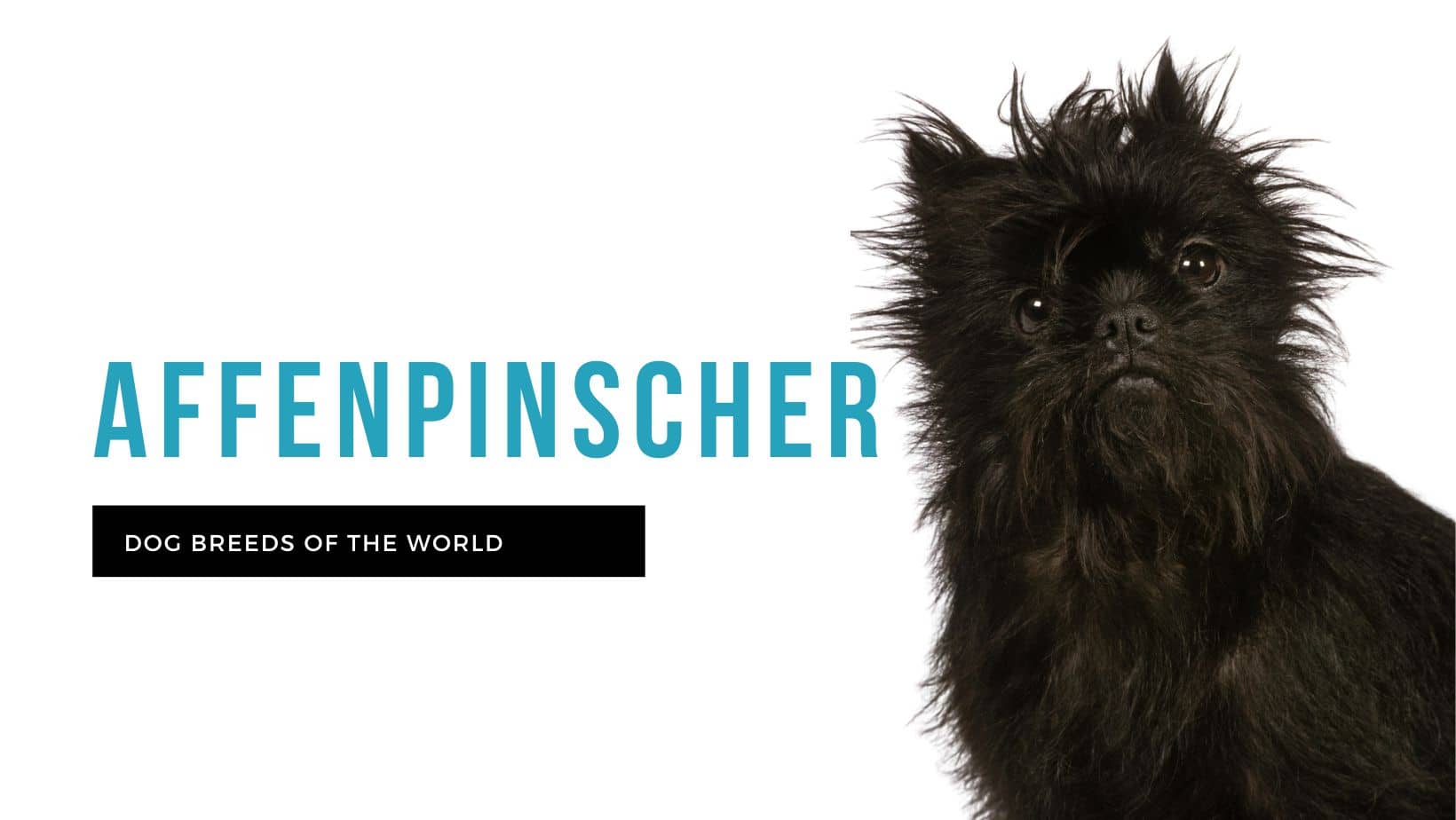
When a dog’s name is literally ‘monkey terrier’, you know to expect cuteness and mischief. The affenpinscher is a distinct toy breed dog with sparkly dark eyes and a prominent bottom lip that give him his characteristic look. He was originally bred as a ratting dog, but while he is not technically a terrier, he still has all the courage and tenacity of a small dog who doesn’t know he’s not a Great Dane.
The affenpinscher is an alert watchdog and has plenty of chutzpah, but he can be stubborn and doesn’t like to be cornered. He generally does not enjoy playing with young children, so he would ideally suit a household where teenagers and adults can enjoy his unique personality.
History
There are pictorial records of the ancestors of the affenpinscher that date back to the 1500s and 1600s when this little wirehaired dog was bred to catch and kill mice and rats in farm stables and shops. When his services were required to eradicate mice in kitchens, he was kept indoors and further developed as a companion dog. Despite the affenpinscher’s name – ‘monkey terrier’ (in German, Affe = ape and pinscher = terrier) – he belongs to the Toy Group rather than the Terrier Group, and his personality is somewhat different to other terriers.
Written records of the affenpinscher only date back to the 1800s, so the breed’s history is somewhat obscured. Early images and descriptions of the affenpinscher’s ancestor show that the breed was larger than the current standard, but he was bred down to toy size and simultaneously influenced the development of other wirehaired breeds like the Brussels griffon and miniature schnauzer.
The breed standard for the affenpinscher was finalised in 1913 when toy breeds were enjoying increased popularity, especially in Germany and France. However, it was only 20 years later that the American Kennel Club (AKC) admitted the affenpinscher to its books. Only a few short years after his admission, breeding of the affenpinscher was stalled because of World War II and only resumed after 1950. This breed’s fearlessness, grit and tenacity are matched only by his charm, which has made him quite popular in the dog show ring in more recent years. In spite of this, the affenpinscher remains a rare breed.
Temperament
This exuberant little wirehaired whirligig of a dog is not all energy and no grace – he does have a certain calmness about him that makes him pleasant companionship to his human family. He is playful and loves affection (but on his own terms – he doesn’t like being cornered or restricted) and is fiercely loyal, yet sometimes inexplicably stubborn. Unlike many toy breeds, he doesn’t bark unnecessarily, but when he does use his voice, it’s to alert his owner to a real threat or intrusion. He is very protective of his family.
Developed as a rat catcher, the affenpinscher is very agile and alert and he can go from zero to a hundred in the blink of an eye. It takes him a little while to come down off of his adrenaline buzz – a leftover side effect of the intensity required for his ratting job.
Health
The affenpinscher breed is quite hardy, but can be susceptible to a few common conditions.
- Collapsed trachea – This condition is common in a few toy breeds and occurs as a result of congenitally weakened cartilage in the trachea. It can be exacerbated by a dog pulling on his collar during walks.
- Patellar luxation – Also known as ‘trick knee’, this occurs when the kneecap slips out of place.
- Legg-Perthes disease – This condition causes the top of the femur (the ball) to start deteriorating as it loses blood supply. The dog will limp or exhibit lameness in the affected hind leg (usually both), and will have limited hip joint movement. Surgery can be used to successfully restore functionality in the hip.
- Hip dysplasia – A common condition in purebred dogs, hip dysplasia is characterised by the ball joint of the femur not fitting comfortably in the hip socket.
- Heart murmur – When blood doesn’t flow properly through the heart chambers, it causes a murmur, which may indicate a deeper problem. The vet will monitor the dog’s condition to see if/how the heart’s function is affected.
- Cataracts – Only occasionally reported.
Exercise Requirements
Loyalty towards his family does not automatically make this little dog obedient. Like many breeds in the Toy Group, the affenpinscher can be quite stubborn and is notorious for being difficult to house-train. Always be consistent when taking him outside after his meals and have the treats and praise ready for when he goes. Obedience training should start early and be exciting and varied to ward off this curious little pup’s boredom. Repetitive training will quickly make him lose interest, but when he learns that he’ll get treats and praise when he does what you want, he’ll want to please you. With obedience training under the belt, the affenpinscher can become an agility star. If the competitive arena is not his thing, his clownish antics and quirky demeanour can make him the perfect therapy dog… or just the best fuzzy companion.
A big difference between a typical terrier and the ‘monkey terrier’ is that the affenpinscher can be friendly towards other dogs as well as cats when he’s socialised early and consistently. Exposing an affenpinscher puppy to a range of different people and animals from a young age can help him to adapt socially to pets and people. He is a good option for people with small yards or apartments, as he only needs a brisk walk and some outdoor or indoor playtime to meet his exercise requirements and keep him physically healthy.
Grooming Requirements
This rough-coated toy breed is not a great shedder, but in order to maintain his coat to breed standards, it will need to be stripped (a time-consuming process that can be learnt from a groomer or left entirely in their hands). He will need a few spritzes of detangler when you brush him with a slicker brush and then comb through his coat to remove any mats. His coat needs to be trimmed occasionally.
Susceptible to toy breed periodontitis, the affenpinscher’s teeth will need regular care and vet checks, so get him used to having his pearly whites brushed from a young age. His nails will need to be trimmed every couple of weeks to keep his feet in top condition.
Ratings
Friendliness to other pets
Friendliness to strangers
Behaviour towards children
Statistics
| Size |
Small |
| Type |
Toy Group |
| Average adult weight |
4 kg |
| Average adult height |
28 cm |
| Average life span |
12 years |
| Breed family |
|
| Area of origin |
Germany |
Gallery
Product suggestions
Similar breeds


